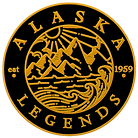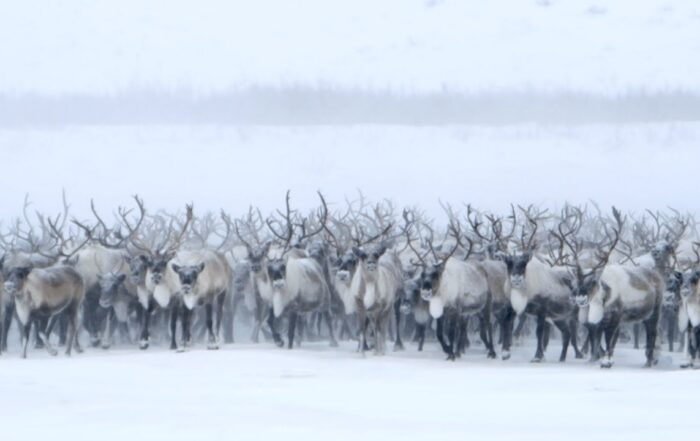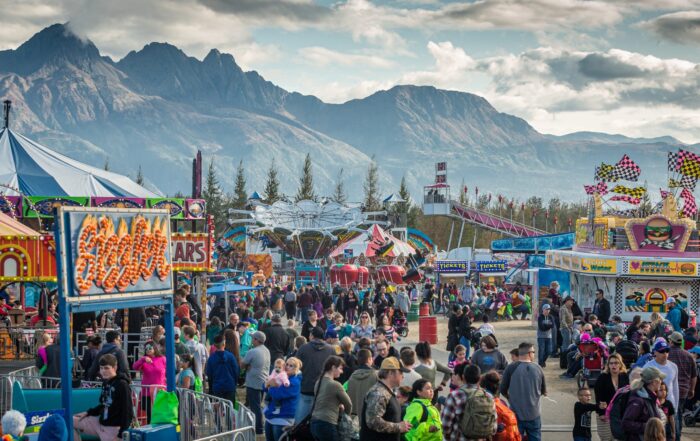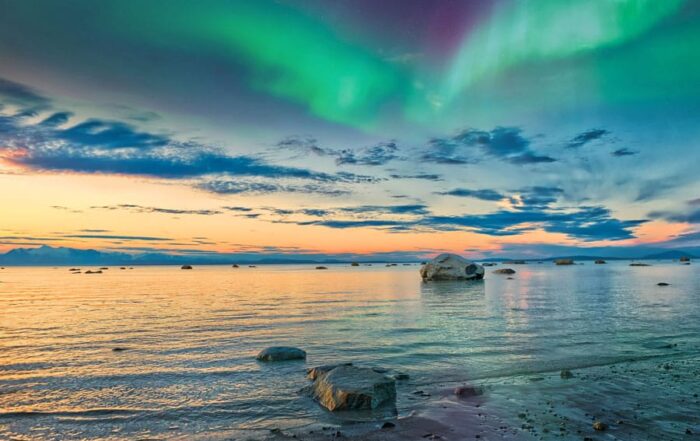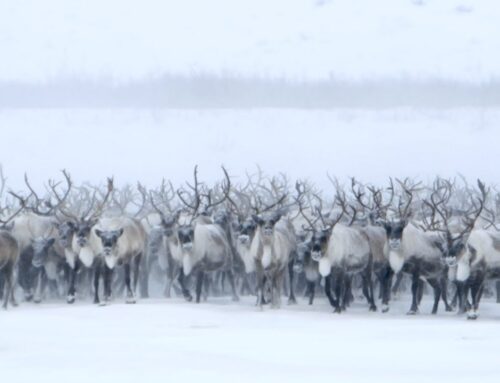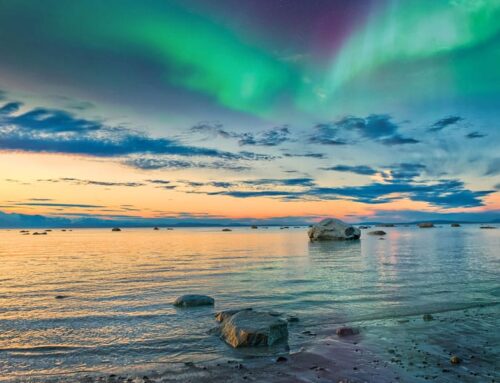The Majestic Brooks Falls of Katmailand National Park
Alaska’s Katmai National Park and Preserve
Initially founded as a haven for anglers, the retreat known as the lodge started its operations in 1950. Continuous improvements to both the primary lodge and the dining facilities at Brooks Lodge have garnered it a worldwide reputation, attracting visitors globally. The famous Brooks Falls, known for bear watching, is merely a short walk away.

Around 3,500 years ago, the water levels receded enough to create the now-famous Brooks River falls. This event formed perfect conditions for salmon to congregate below, providing an easy catch for both humans and bears. This abundance in the Brooks area led to its further colonization and the growth of its communities. The first written mentions of the Katmai region trace back to the 1760s. The Russian fur trade expanded to the Aleutians by 1741, and progressively advanced northward along the Alaska Peninsula. By the 1780s, the Russians had coerced local men into hunting sea otters and had set up a trading post in the Katmai village.
Katmai National Park and Preserve, a traditional land for the Alutiiq/Sugpiaq peoples, has been a critical location for fishing, hunting, gathering, and living for numerous generations. Katmailand, the only concessionaire endorsed by the National Park Service in Katmai, provides accommodation and meals at Brooks Lodge and Grosvenor Lodge. The park is a habitat to a vast array of wildlife, hosting over 2,000 brown bears, in addition to caribou, moose, and wolves. Katmai’s history stretches back thousands of years, with evidence of Native Alaskan habitation from 6 to 9 thousand years ago.
The vast majority of the park is a wilderness area, named after the prominent Mount Katmai stratovolcano. Located on the Alaska Peninsula, facing Kodiak Island, the park’s administrative headquarters are in King Salmon, about 290 miles southwest of Anchorage. The Alutiiq descendants, historically connected to Katmai, live across southwest Alaska and in other areas, especially in villages like South Naknek, Naknek, King Salmon, Kokhanok, Igiugig, Levelock, Egegik, Chignik, and Perryville.
 Established in 1918 to protect the area affected by the Novarupta eruption and the Valley of Ten Thousand Smokes, Katmai today conserves a human history spanning 9,000 years, as well as vital salmon habitats and the living space for thousands of brown bears. The Brooks River vicinity is rich in archaeological significance, having been a hub for communities over 5,000 years. Walking along the river is to tread the paths of countless ancestors. While it may seem like pristine wilderness, the Brooks River has been a vibrant site of human endeavor for ages.
Established in 1918 to protect the area affected by the Novarupta eruption and the Valley of Ten Thousand Smokes, Katmai today conserves a human history spanning 9,000 years, as well as vital salmon habitats and the living space for thousands of brown bears. The Brooks River vicinity is rich in archaeological significance, having been a hub for communities over 5,000 years. Walking along the river is to tread the paths of countless ancestors. While it may seem like pristine wilderness, the Brooks River has been a vibrant site of human endeavor for ages.
Five thousand years ago, the water level of Naknek Lake was much higher, merging Brooks Lake and Naknek Lake into one. The Brooks area acted as a critical crossing for caribou. Archaeologists find evidence of ancient camps along the erstwhile lake shore, where early humans made arrowheads by the glow of campfires. A thousand years later, as the lake’s water level fell, people started to build permanent homes. The decline in water level 3,500 years ago formed the famed Brooks River falls, simplifying salmon capture for humans and bears alike. This led to increased settlement in the Brooks area, evidenced by the construction of larger homes and the production of pottery 2,000 years ago.
Upon their arrival in the 1700s, Russian explorers found villages with snug, multi-room dwellings partly underground. The earliest of these, discovered at Brooks Camp and sometimes called “palaces,” are about 500 years old. Interested in the deep history of this National Historic Landmark? Discover the top six reasons Brooks Camp is considered an archaeological wonder, explore Katmai National Park’s prehistory, or visit the Cultural Site exhibit during your stay at Brooks Camp. Additionally, learn about the 2002-2003 archaeological digs at the Brooks River Cutbank.
Photos courtesy of Kara Stenberg, Katmailand.org, Brooks Lodge, and National Parks Service.
